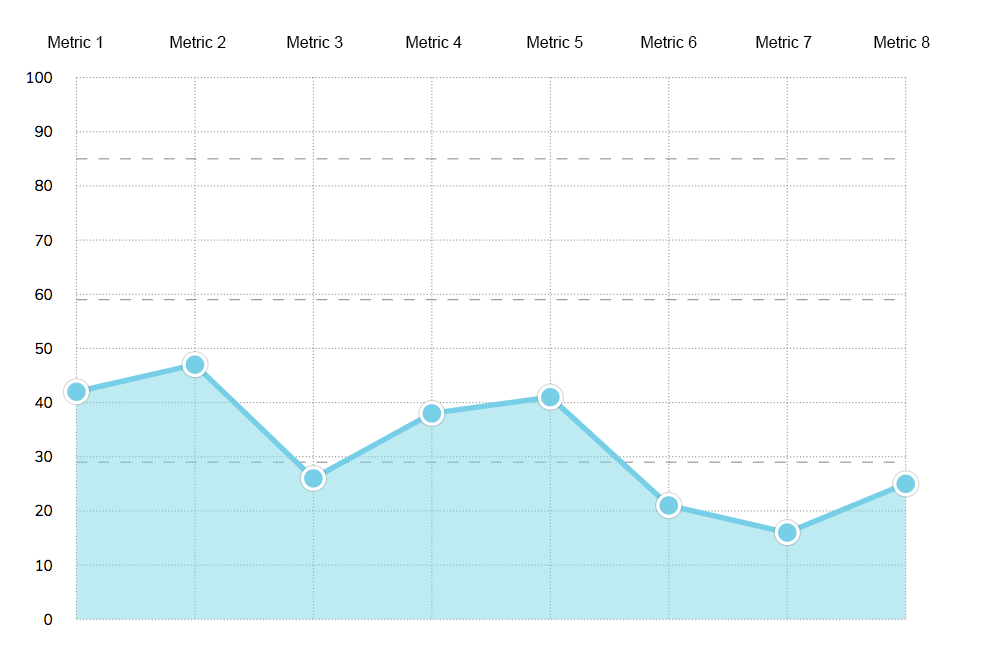Presenting SVG Graphs
@rhianaheath
RoRo March 2018
The Challenge!
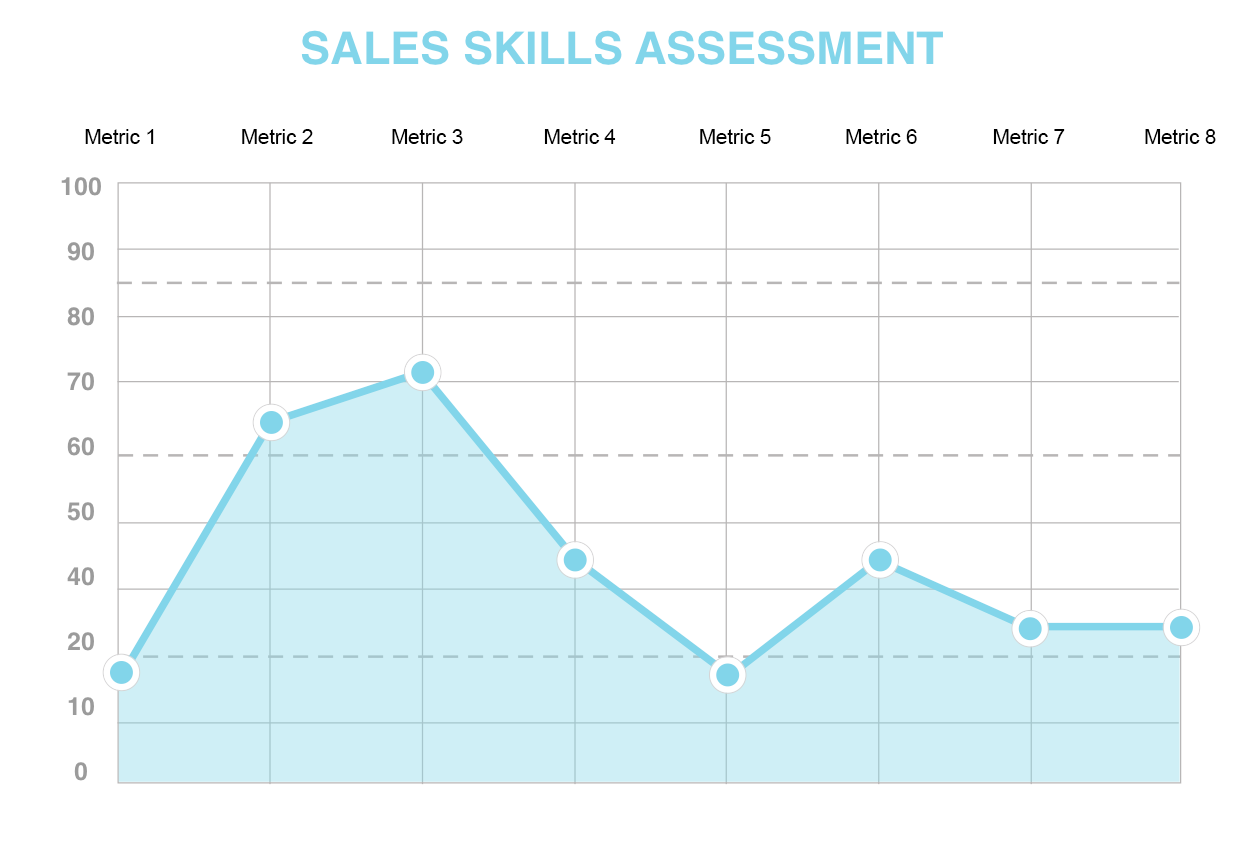







Part 1:
Following a tutorial

svg.graph circle {
stroke: white;
// border-color
stroke-width: 3;
// border-width
fill: #82D5EA;
// background-color
z-index: 10;
}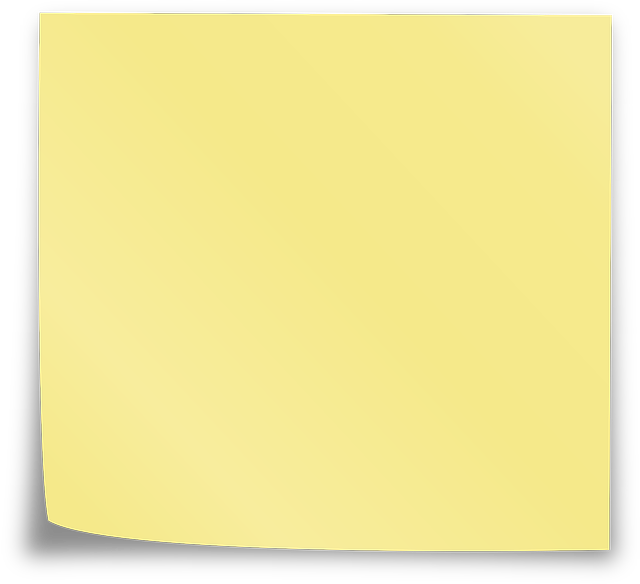
svg.graph .dotted-lines {
stroke: #979797;
// border-color
stroke-dasharray: 1 2;
// length of dash / gap
stroke-width: 1;
// height of border line
}
svg.graph .labels {
font-family: "Muli", sans-serif;
font-size: 14px;
color: #4A4A4A;
text-anchor: middle;
// align-text
}<g class="labels">
<text x="123" y=“33”>
Metric
</text>
</g>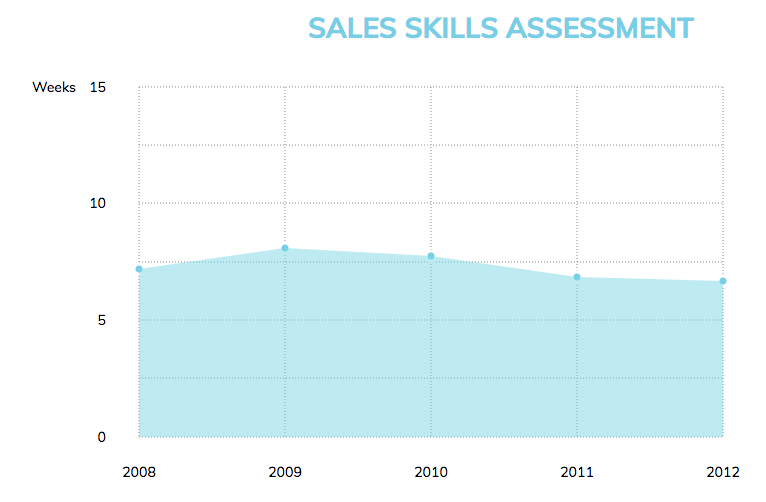
<g class="grid x-grid" id="xGrid">
<line x1="113" x2="113"
y1="10" y2=“360”></line>
...
<line x1="590" x2="590"
y1="10" y2=“360”></line>
</g>Part 2:
Expanding the x and y axis

<g class="grid-lines">
<line x1="113" x2="113"
y1="40" y2=“596">
</line>
<line x1="232" x2="232"
y1="40" y2="596">
</line>
...
<line x1="939" x2="939"
y1="40" y2="596">
</line>
</g>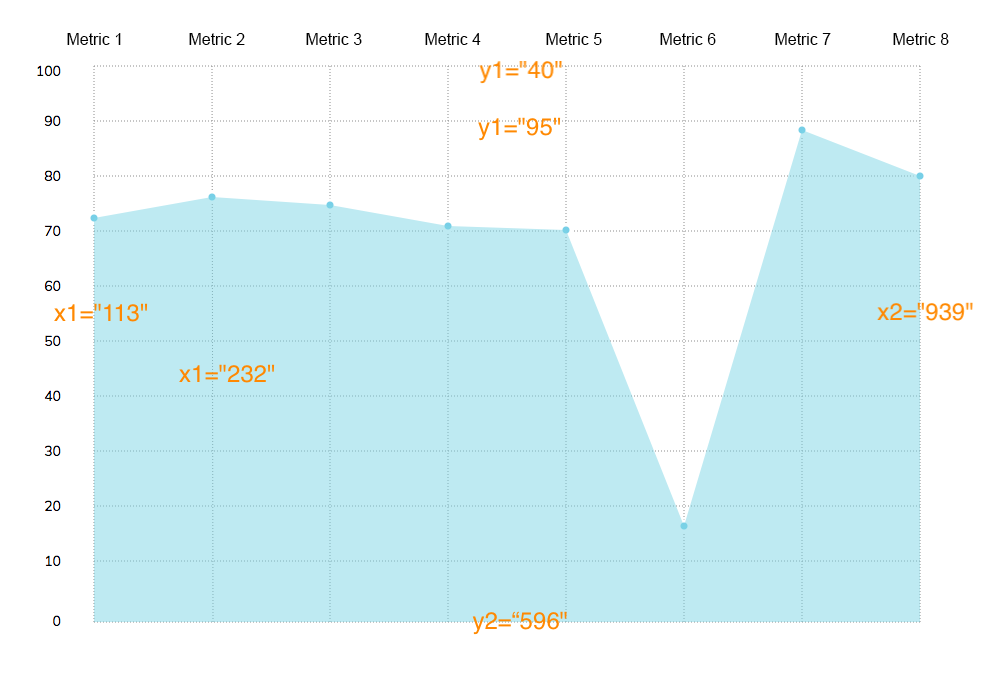

<g class="grid-lines">
<% traits.each_with_index do |trait, index| %>
<% x_line = 113.0 + (index * 119.0) %>
<line x1="<%= x_line %>"
x2="<%= x_line %>"
y1="40"
y2="596">
</line>
<% end %>
</g><g class="grid-lines">
<% traits.each_with_index do |trait, index| %>
<% x_line = 113.0 + (index * 119.0) %>
<line x1="<%= x_line %>"
x2="<%= x_line %>"
y1="40"
y2="596">
</line>
<% end %>
</g>y2 = Distance to bottom
y1 = Distance to top

<g class="grid x-grid" id="xGrid">
<% traits.each_with_index do |trait, index| %>
<% x_line = 113.0 + (index * 119.0) %>
<line x1="<%= x_line %>"
x2="<%= x_line %>"
y1="40"
y2="596">
</line>
<% end %>
</g>119px = Gap between lines
113px = Distance from left

Part 3:
Adding in the real data

<g class="first_set points"
data-setname="Some random data">
<circle cx="113" cy="365"
data-value="41" r=“10">
</circle>
<circle cx="232" cy="337.5"
data-value="45" r=“10">
</circle>
...
<circle cx="596" cy="475"
data-value="22" r=“10">
</circle>
</g><g class="first_set points"
data-setname="Some random data">
<circle cx="113" cy="365"
data-value="41" r=“10">
</circle>
<circle cx="232" cy="337.5"
data-value="45" r=“10">
</circle>
...
<circle cx="596" cy="475"
data-value="22" r=“10">
</circle>
</g>cx and cy
Co-ordinates

data-value is the score
r = radius

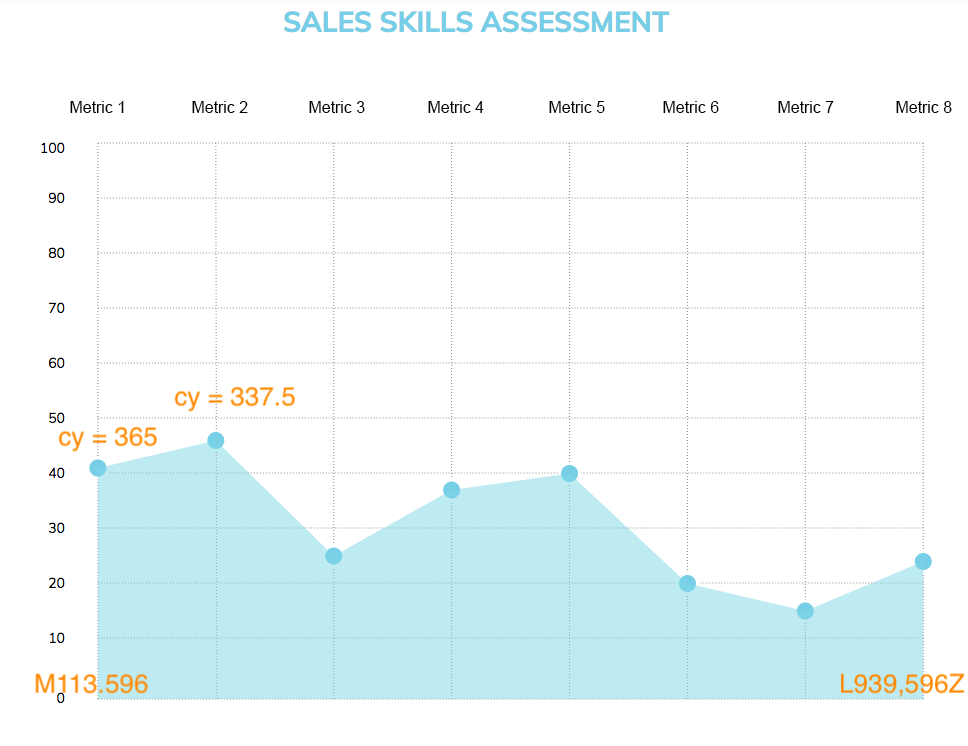

<g data-setname="Test scores">
<% traits.each_with_index do |trait, index| %>
<% score = scores[trait] %>
<% xcord = 113.0 + (index * 119.0) %>
<% ycord = 596.0 - (score * 5.5) %>
<circle
cx="<%= xcord %>"
cy="<%= ycord %>"
data-value="<%= score %>"
r=“10">
</circle>
<% end %>
</g><g data-setname="Test scores">
<% traits.each_with_index do |trait, index| %>
<% score =scores[trait] %>
<% xcord = 113.0 + (index * 119.0) %>
<% ycord = 596.0 - (score * 5.5) %>
<circle
cx="<%= xcord %>"
cy="<%= ycord %>"
data-value="<%= score %>"
r=“10">
</circle>
<% end %>
</g>Formula to calculate the co-ordinate of the score

0
10
Score
Co-ordinates
596px
541px

0
10
Score
Co-ordinates
596px
541px
1
590.5px
{
1
}
5.5px

x = RawScore
x=RawScore
y = ScoreCoOrd
y=ScoreCoOrd
For every 1 the score increased
the co-ordinate value decreased by 5.5
y = 596 - (5.5 * x)
y=596−(5.5∗x)
y = 596 - (5.5 * 42)
y=596−(5.5∗42)
y = 365
y=365
x = 42
x=42

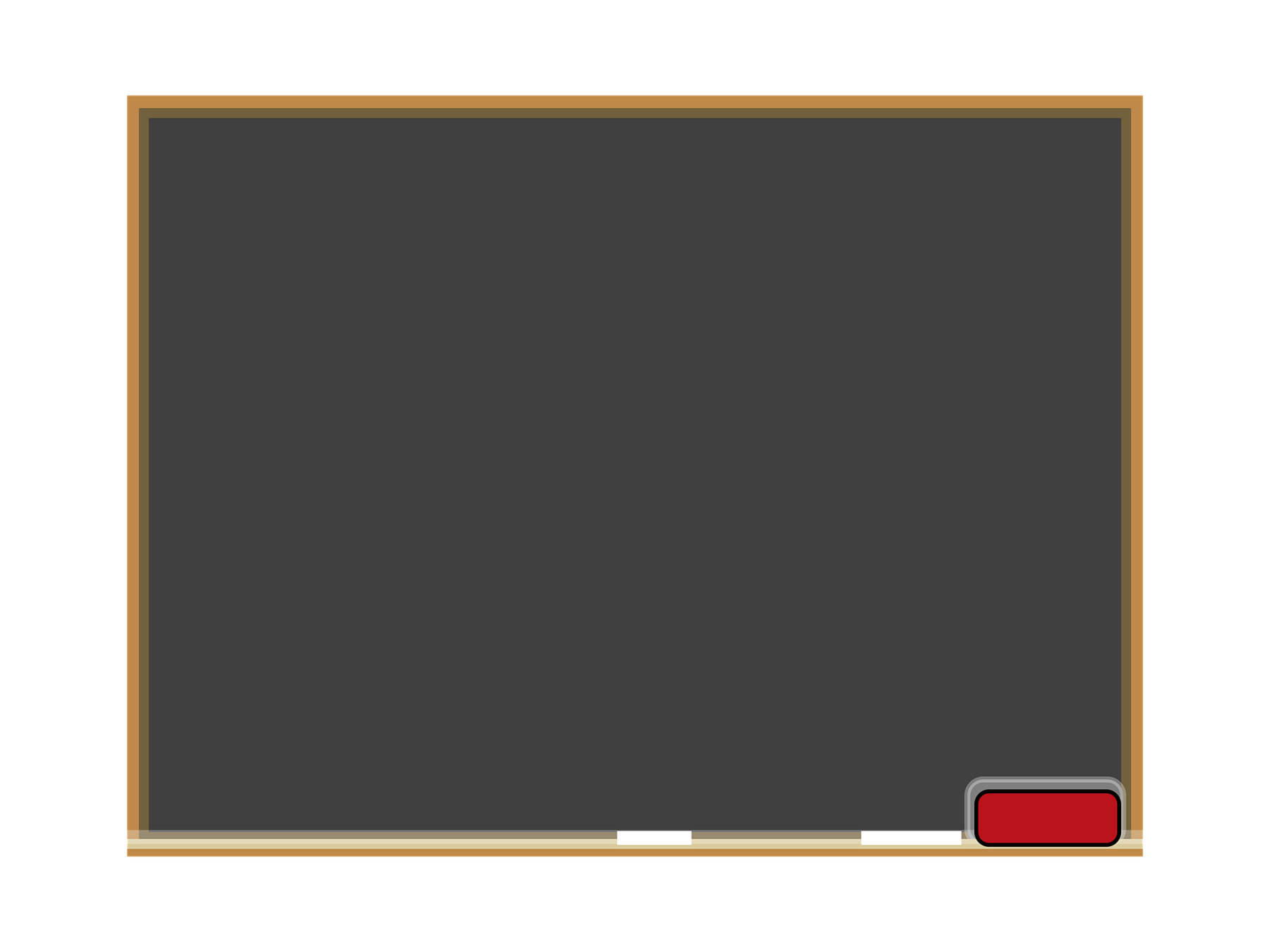

Part 4:
Moving the Ruby to a Presenter

What is a presenter class?
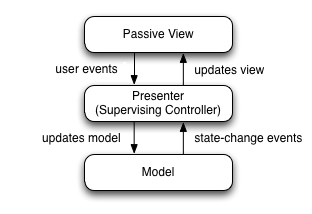

Why a presenter, why not a decorator?


Use a Presenter!
Ryan Bates 2017
# presenters/graph_presenter.rb
class GraphPresenter
def initialize(view, traits)
@view = view
@traits = traits
end
def render
# Renders the results/_graph.html.erb partial,
# passing in this presenter as a graph variable
@view.render("results/graph", graph: self)
end
…
end # How it was then generated through the
# results/show.html.erb page
<%= GraphPresenter.new(self, @traits).render %> # How parts were drawn through the
# results/_graph.html.erb partial
<g class="grid-lines">
<%= graph.x_grid_lines %>
</g>
<g class="data-points">
<%= graph.data_points %>
</g>def x_grid_lines
traits.each_with_index.map do |trait, i|
@view.tag.line x1: xcord(i),
x2: xcord(i),
y1: top_border,
y2: bottom_border
end.join.html_safe
enddef horizontal_spacing
(right_border - left_border) /
(traits.length - 1)
end
def xcord(value)
left_border +
(value * horizontal_spacing)
end
horizontal spacing
was 119px
left border was 113px
def data_points
traits.each_with_index.map do |trait, i|
@view.tag.circle cx: xcord(i),
cy: score_cord(trait),
r: "10"
end.join.html_safe
enddef score_adj
vertical_spacing
/ 10.0
end
def score_cord(trait)
bottom_border -
(score_value(trait) * score_adj)
end
vertical spacing
was 55px
bottom border was 596px
